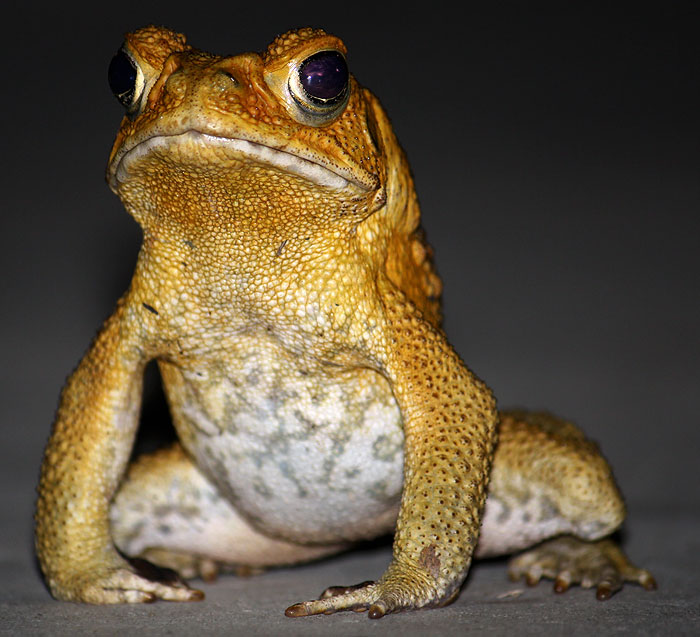Common Tree Snake
This species of snake was the first I ever encountered and also my first snake 'catch'. Thank god, as it's harmless - it doesn't pay to dwell to much on what may have happened if it had been an Elapid ...
Anyway, I have a real soft spot in my heart for these little guys and this one has become a regular in our garden - I still get a buzz every time I am lucky enough to spot him.
Fast, alert and active these guys rate highly on my list of groovy snakes to be found in the garden. They are non-venomous and primarily eat frogs (lumps under the snakes skin are usually the result of parasites housed inside their amphibious prey).
They are also known as the Common 'Green' Tree Snake - however it has been suggested that due to colour variations within the species, this name is misleading. I agree with that sentiment as some of these guys are the most startling shade of BLUE! And I hope to get a pic of one of these as soon as I'm able.
Also, and sadly, many of these snakes are killed by those who erroneously refer to them as 'Yellow bellied black snakes' - such an animal doesn't exist ... but of course, ya just can't tell some people ...
It's been my experience that for the most part these snakes aren't particularly aggressive but will posture, inflate their throats and even mock strike if threatened. In saying that though, please, please, please - if you're not 100% sure of what kind of snake you're dealing with, leave it well alone.
Cheers, and as always - Take Care
Anyway, I have a real soft spot in my heart for these little guys and this one has become a regular in our garden - I still get a buzz every time I am lucky enough to spot him.
 |
Dendrelaphis punctulata |
Fast, alert and active these guys rate highly on my list of groovy snakes to be found in the garden. They are non-venomous and primarily eat frogs (lumps under the snakes skin are usually the result of parasites housed inside their amphibious prey).
They are also known as the Common 'Green' Tree Snake - however it has been suggested that due to colour variations within the species, this name is misleading. I agree with that sentiment as some of these guys are the most startling shade of BLUE! And I hope to get a pic of one of these as soon as I'm able.
 |
The yellow colouration of its ventral scales provides excellent camouflage from below |
Also, and sadly, many of these snakes are killed by those who erroneously refer to them as 'Yellow bellied black snakes' - such an animal doesn't exist ... but of course, ya just can't tell some people ...
 |
If it wasn't centred, and you didn't know to look for it this snake would be very difficult to spot |
It's been my experience that for the most part these snakes aren't particularly aggressive but will posture, inflate their throats and even mock strike if threatened. In saying that though, please, please, please - if you're not 100% sure of what kind of snake you're dealing with, leave it well alone.
Cheers, and as always - Take Care
Common tree snakes live in a wide variety of habitats, including: bushland; well vegetated banks of rivers, creeks and streams; rainforest edges; eucalypt forests; heathland and areas with trees, long grass, and lush vegetation — especially near water.
When near water they often look for long grass in locations where they are likely to find prey, blending in with grasses while watching for prey to come to nearby rocks or banks to bask or hunt. They will also enter well watered gardens that have fountains or ponds surrounded by long grass or shrubs. They are active during the day, and rest at night in hollow trees, logs, foliage, or rock crevices.
When near water they often look for long grass in locations where they are likely to find prey, blending in with grasses while watching for prey to come to nearby rocks or banks to bask or hunt. They will also enter well watered gardens that have fountains or ponds surrounded by long grass or shrubs. They are active during the day, and rest at night in hollow trees, logs, foliage, or rock crevices.






Comments
Post a Comment